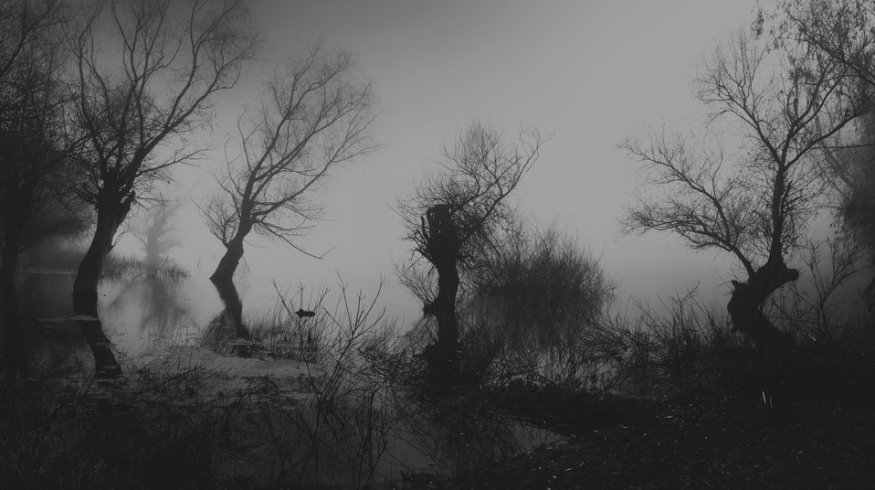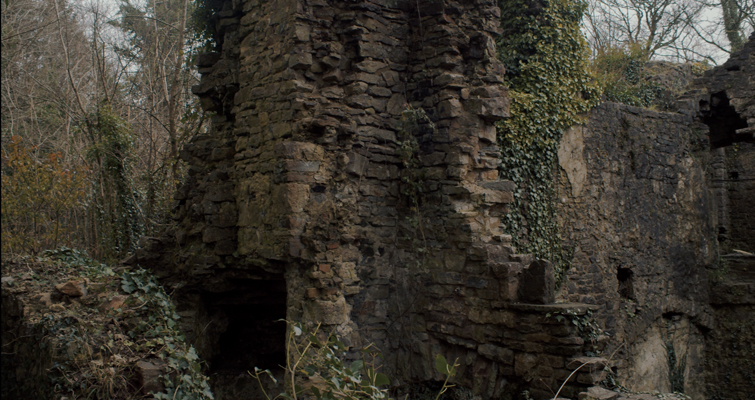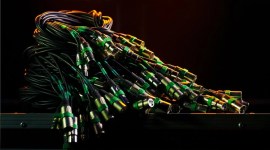
Creating Scenes with Audio: Make Your Setting Appear Silent
In this write-up, we’ll discuss how to make a scene completely silent and how to reintroduce specific sounds into your scene.
When we think about the concept of silence, we may be quick to imagine the removal of all sound—nothingness. Back in your school days, you may have had a teacher yell “Silence!” to a rowdy, restless classroom, and the pupils quickly and quietly took their seats, somewhat scared. Then, the classroom falls into silence, waiting for the teacher to continue the lesson.
However, that silence is not pure silence. There’s no removal of all audible elements. Instead, you start to hear the quiet sounds, which (at first) were inaudible due to louder noises—the ticking of the wall clock, the shuffling of footsteps in the corridor outside the classroom, the grinding of someone pulling their chair beneath them on the floor above.
Even in an anechoic chamber—a room designed to completely absorb sound (watch the video below)—you’re still left with the rummaging sound of your body at work.
Dark Adaptation
Simply put, the more external audible elements you remove from a location, the more apparent quiet details become. To some extent, it’s quite a like darkness. Although we may perceive a forest at night to be shrouded in complete darkness, after a few moments of staring into the emptiness, your eyes will start to adjust to any available light, and the darkness is . . . less (this is called dark adaption). However, in filmmaking, it’s not practical to film in darkness to convey complete dark. Instead, you’ll typically see an exaggerated source of light helping promote the idea that the characters are isolated in the night.

This practice is also helpful when creating silence in film. At first, if you want your scene to appear silent, you may think it’d be best to lower the levels of the audio tracks to make the scene quieter. While that, in practice, is indeed making the scene quiet to watch, it’s not suggesting that the character or camera is in a silent location. So, what can you do instead?
Silence!
Let’s take this shot and make it appear like a location of silence.

At the time of filming, the location sounded like this:
We have birds singing in the trees, the sound of the wind moving through the surrounding forest, and the sound of the trees and foliage rustling. If you were standing in this location, with no external human factors present, you could argue that this is already a moderately quiet representation of this location. And well—it is. But it’s not a silent representation. Like how an anechoic chamber allows you to hear the inner workings of your body, we need to make the invisible sounds audible.
Looking at this scene, we have to study what we could hear if we removed all those sounds. Instead of a variety of birds singing, we’ll have one isolated bird situated at the back of the forest. In the original shot, we heard the wind moving through all the branches and trees. Instead, we’ll have the sound of the wind blowing through a gap in a tree trunk or one of the many holes in the castle wall, causing a high-pitched whine.
With the birds removed and levels of the foliage heavily quietened, we can also look at introducing the sound of the trees creaking under their weight. As this location is a large area, I’ll also add reverb to the creaking to amplify the effect of isolation that has caused these sounds to become so audible.
The final result sounds like this:
The scene isn’t quiet, nor is it completely soundless. But, as we hear sounds we wouldn’t usually hear in such a large area, it promotes the audible illusion of silence.
In Conclusion
To summarize, making a location appear silent is not about removing sounds or lowering the already-established audio but amplifying the sounds that wouldn’t be audible with the natural sounds present. However, it is essential to note that this is a creative decision to emphasize silence within a scene; you don’t have to follow these steps for every silent circumstance. A man returning from work to a quiet apartment would not need this treatment.
Cover image via Sasa Prudkov.
Are you looking for more filmmaking tips and tricks? Check out these articles.





